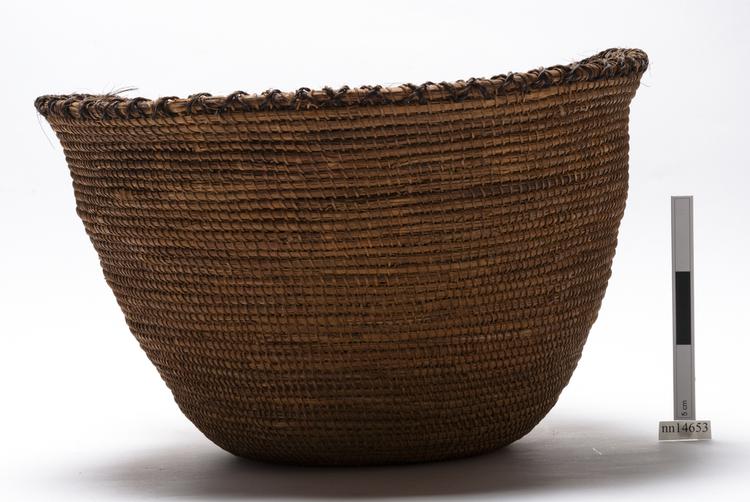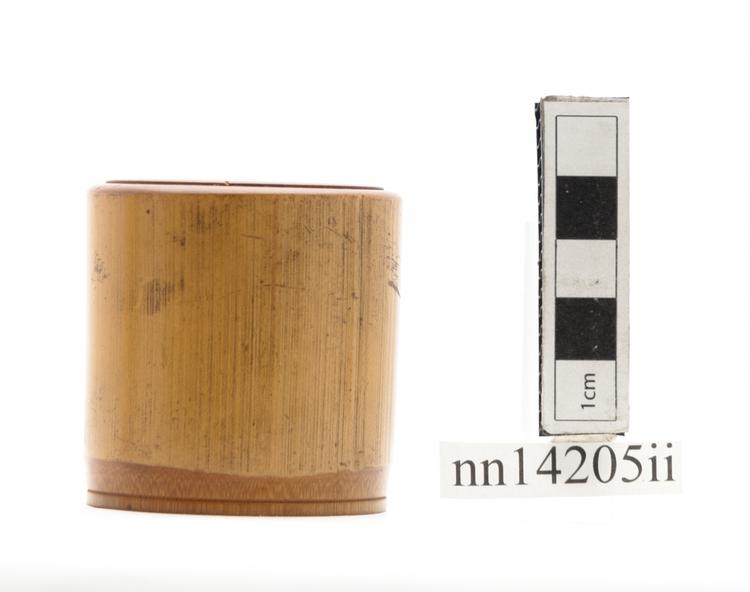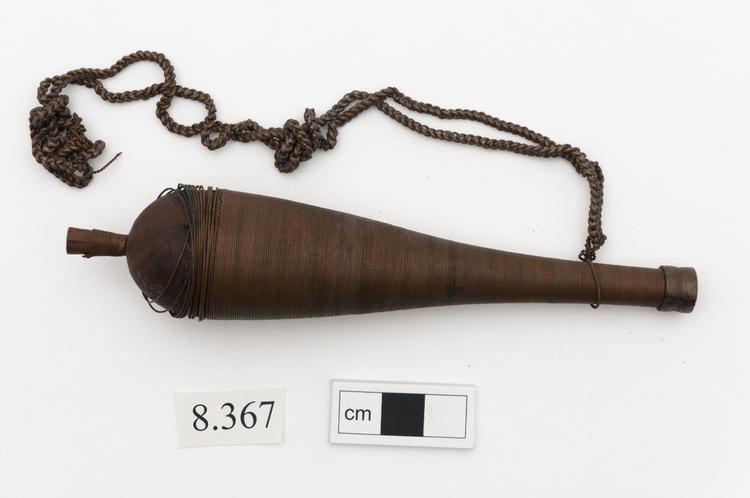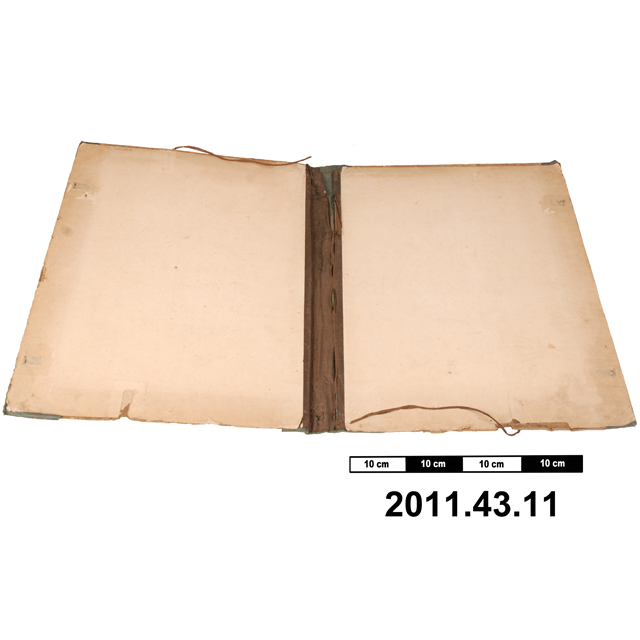Green shabti with black hieroglyphs painted down the front of the body and basket painted on the back. Feet broken
This object is unavailable for loan.
A very common figure placed in tombs from the Middle Kingdom onwards. It is a figure left by the dead person to be resurrected to work instead of the deceased in the afterlife. Normally there are many of them in the tomb - one for each day of the year- along with larger shabtis left for the special ‘celebration days’. Shabtis are a result of a social revolution that put an end to the Old Kingdom belief held by royals and the rich, that they could resurrect their servants to do their work in the afterlife. It is made using moulds, not carved/sculpted, and painted with a ceramics type material and burned to give this look. Its quality, tells me it was made for the tomb of a middle class person. Probably for a man not a women. [N.B. Shabits are formed in the shape of the deceased and are versions of themselves that will carry out the deceased’s work in the afterlife- they are not in the form of slaves of servants!]
A very common figure placed in tombs from the Middle Kingdom onwards. It is a figure left by the dead person to be resurrected to work instead of the deceased in the afterlife. Normally there are many of them in the tomb - one for each day of the year- along with larger shabtis left for the special ‘celebration days’. Shabtis are a result of a social revolution that put an end to the Old Kingdom belief held by royals and the rich, that they could resurrect their servants to do their work in the afterlife. It is made using moulds, not carved/sculpted, and painted with a ceramics type material and burned to give this look. Its quality, tells me it was made for the tomb of a middle class person. Probably for a man not a women.






